Food and drink have always been an essential part of human life, but the methods of preparing them have evolved dramatically over time. From ancient civilizations to more recent history, our ancestors devised ingenious ways to create meals and beverages. In this article, we delve into the past and explore 10 fascinating methods of food and drink preparation that offer a glimpse into our culinary heritage.
1. Stone Age Roasting Pits
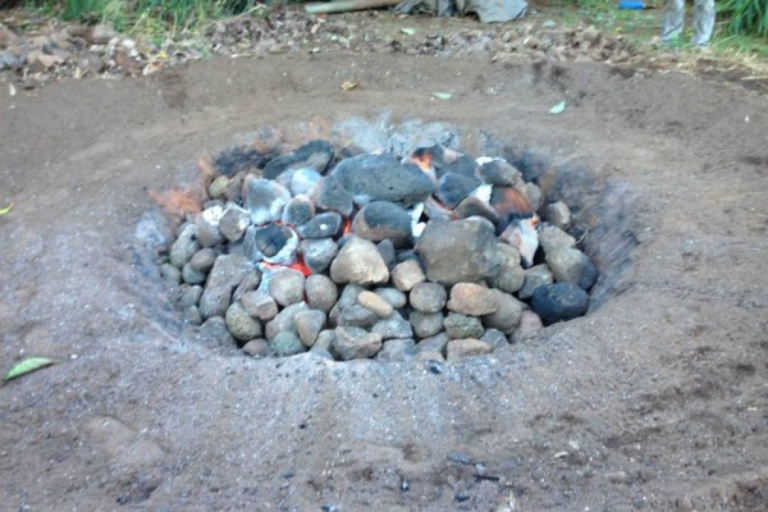
In the Stone Age, our ancestors used pits lined with hot stones to roast meat. This primitive form of cooking allowed them to harness heat from the stones, creating a method akin to modern-day barbecuing.
2. Mesopotamian Clay Ovens
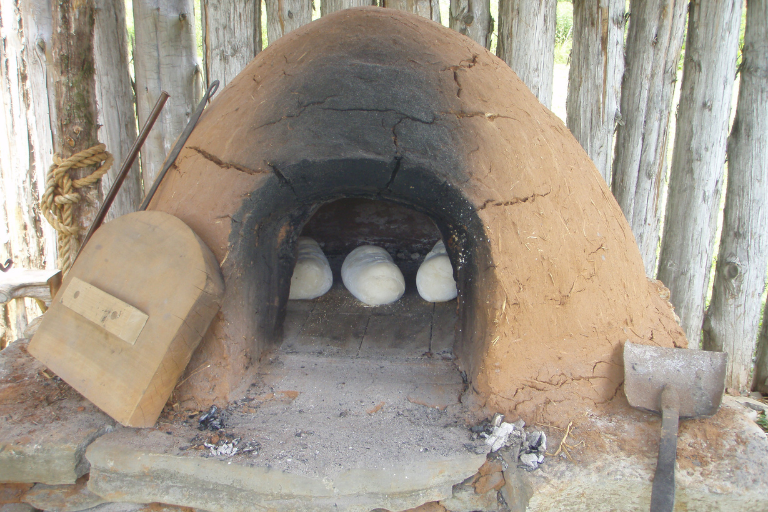
The Mesopotamians are credited with inventing clay ovens around 6000 BCE. These ovens used an open fire to heat the interior, providing a controlled cooking environment for bread and other baked goods.
3. Ancient Egyptian Fermentation
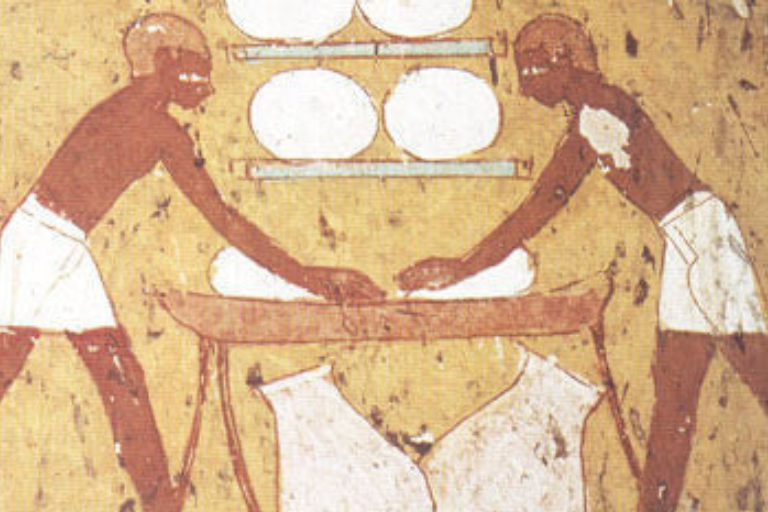
Beer was a staple in ancient Egypt, and their method of brewing involved fermenting a mixture of water, barley, and emmer wheat. The fermentation process took place in large communal pots, resulting in a brew enjoyed by many.
4. Roman Hypocaust System
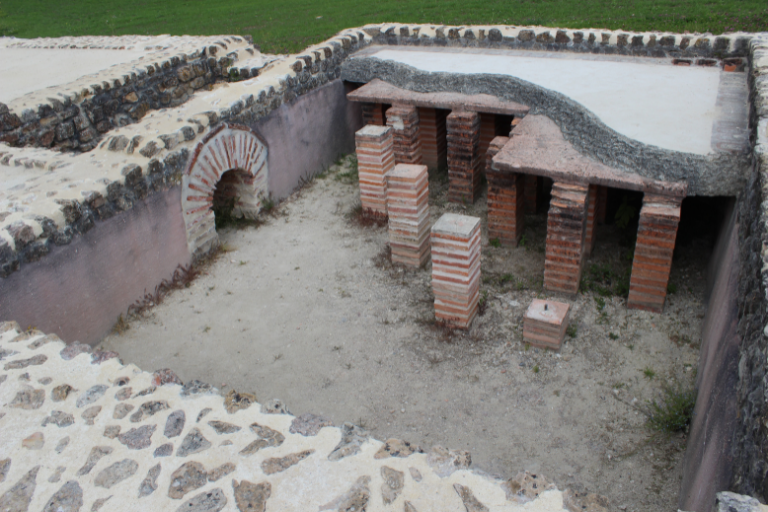
The Romans took culinary sophistication a step further with their hypocaust system. They used underground furnaces to heat floors and walls, allowing them to prepare a wide range of dishes with controlled heat.
5. Medieval Cooking Over an Open Fire
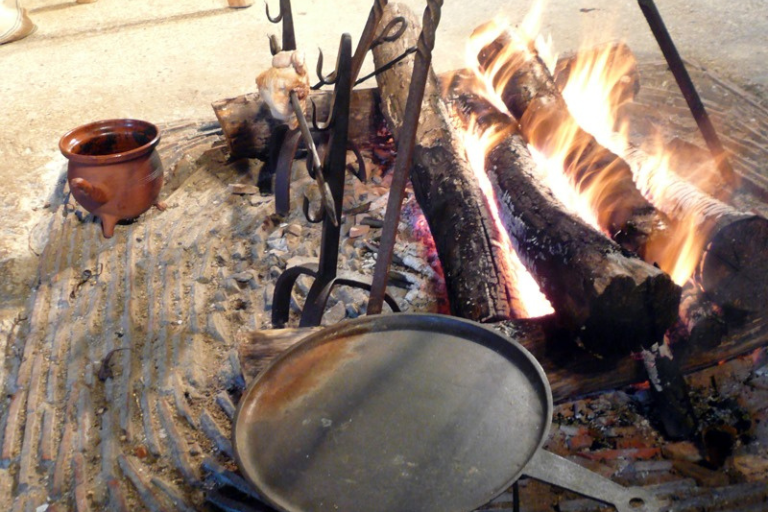
During the medieval period, cooking was often done over open fires. Spits and cauldrons were common tools, and recipes included intricate roasts and stews.
6. Traditional Asian Fermentation
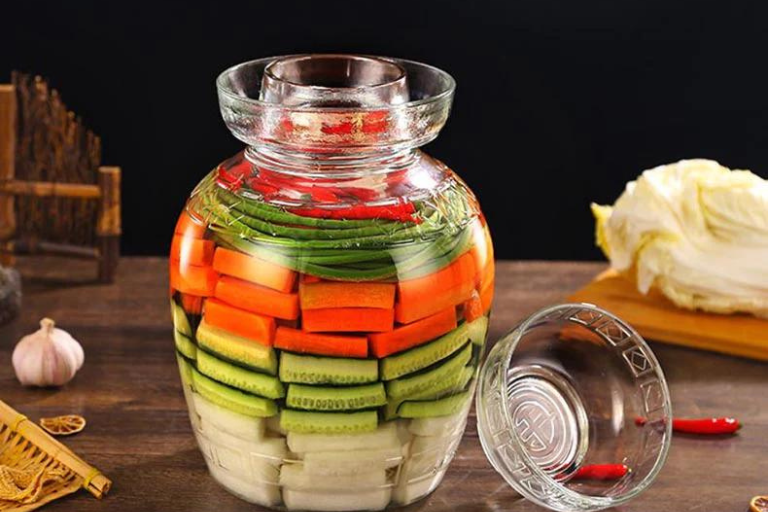
Fermentation played a vital role in Asian cuisine. Methods like pickling, soy sauce fermentation, and kimchi preparation showcased the skill of preserving and enhancing flavors using microbial processes.
7. Victorian Ice Houses
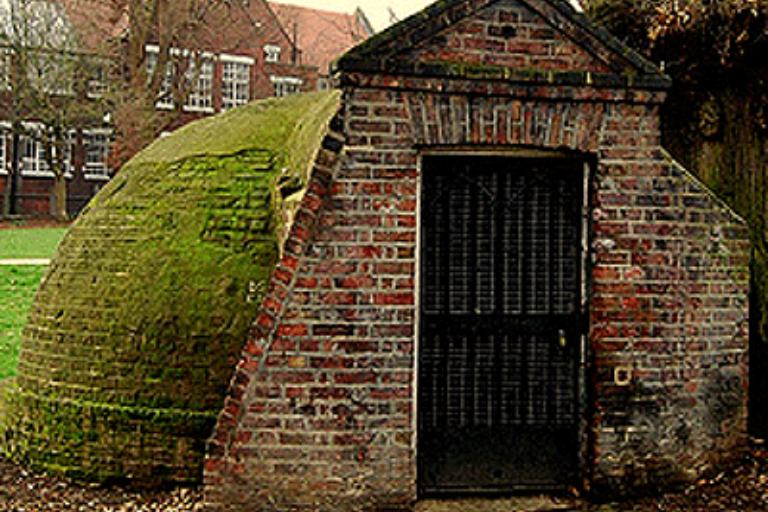
Before modern refrigeration, Victorian households relied on ice houses to store perishables. These underground chambers were insulated and filled with ice, ensuring that food stayed fresh for extended periods.
8. Colonial American Hearth Cooking
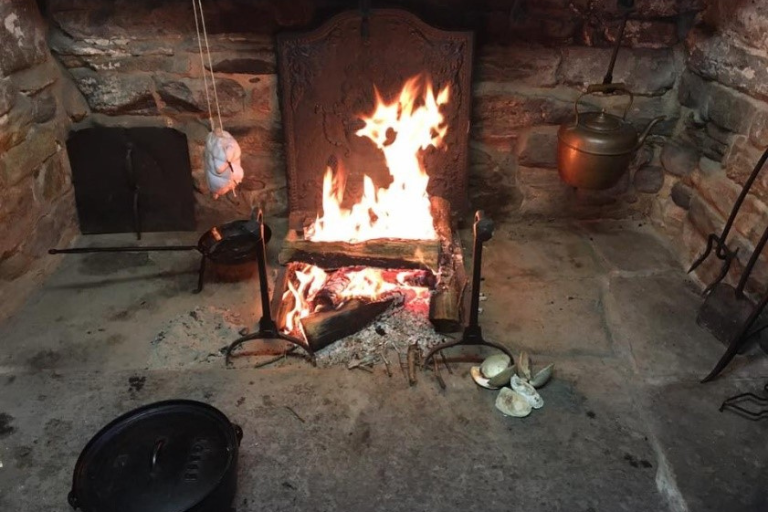
Colonial Americans used hearths for cooking, where they cooked directly over an open flame. Dutch ovens and cast iron pans were common, leading to dishes like stews, cornbread, and baked beans.
9. 19th Century Canning
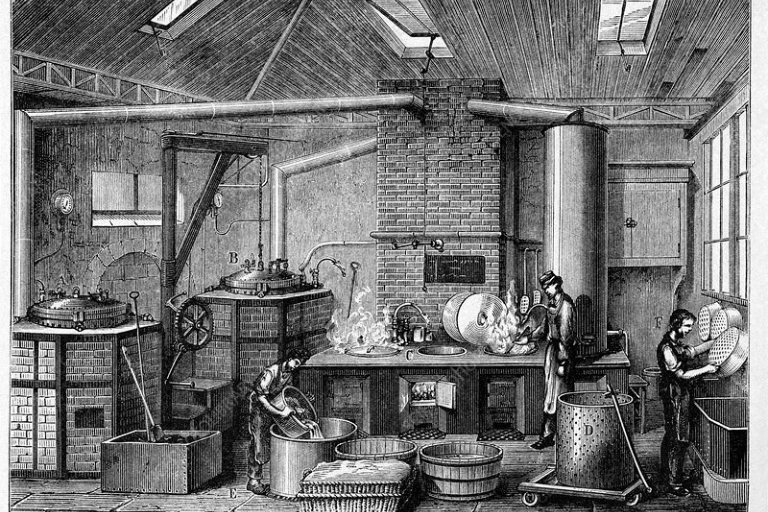
In the 1800s, canning emerged as a revolutionary method of food preservation. The process involved sealing food in airtight containers, extending shelf life and enabling long-distance transport.
10. Early 20th Century Convenience Foods
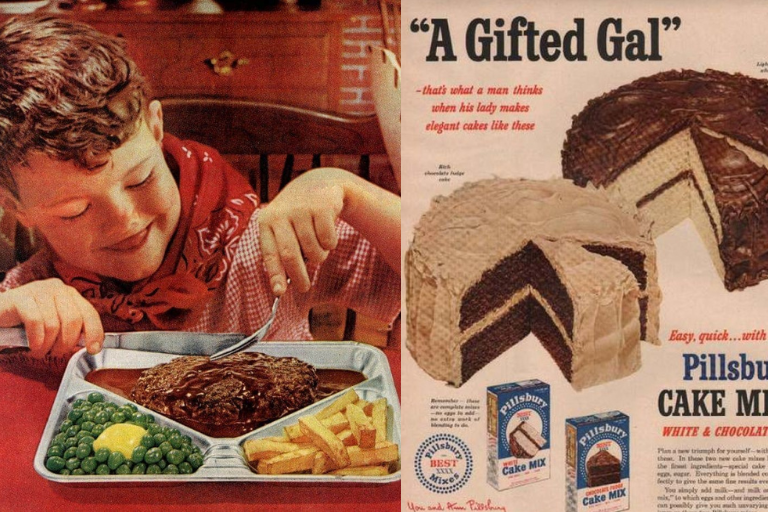
The early 1900s witnessed the rise of convenience foods like canned soups, Jell-O, and TV dinners. These innovations aimed to simplify meal preparation during times of rapid societal change.



GIPHY App Key not set. Please check settings